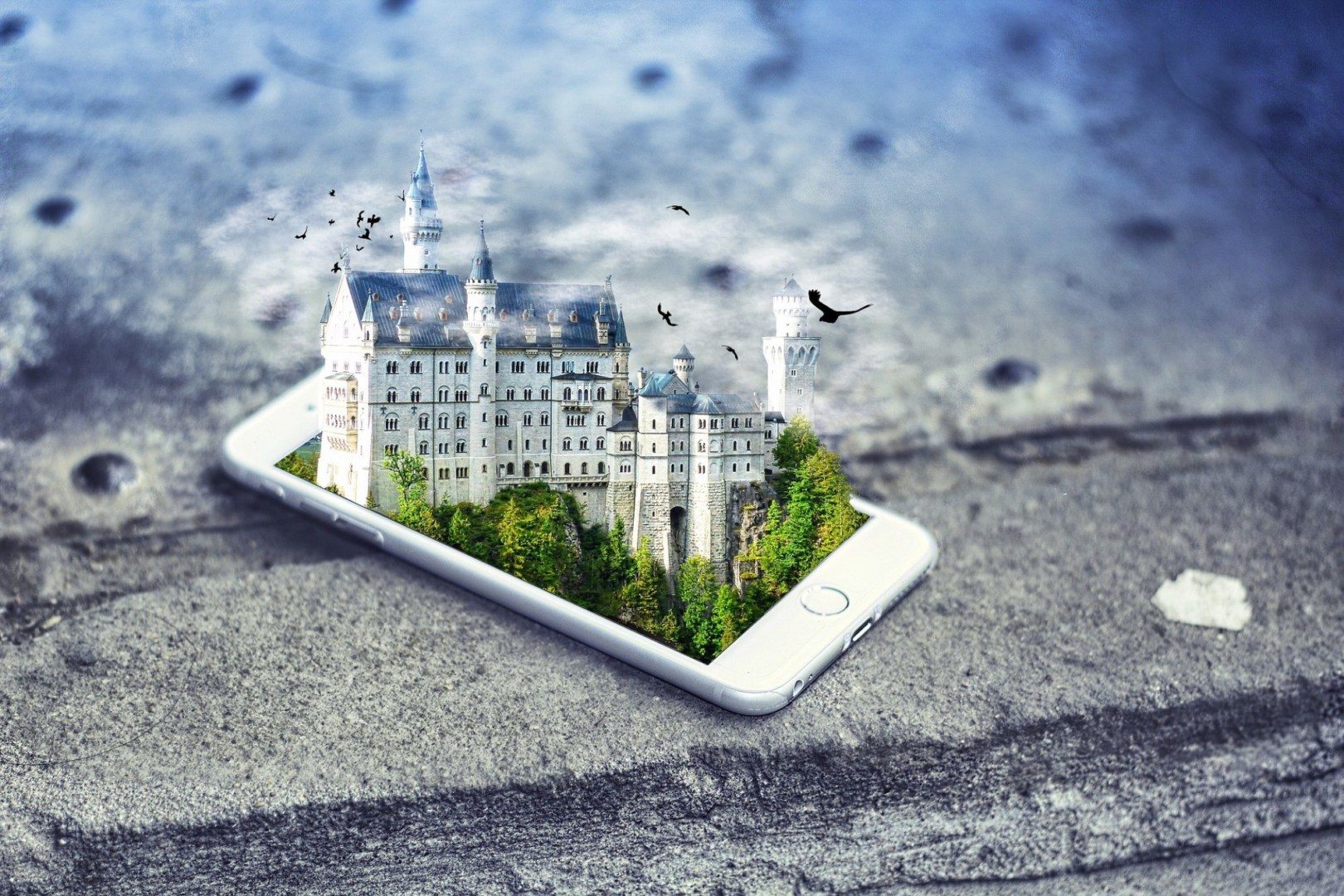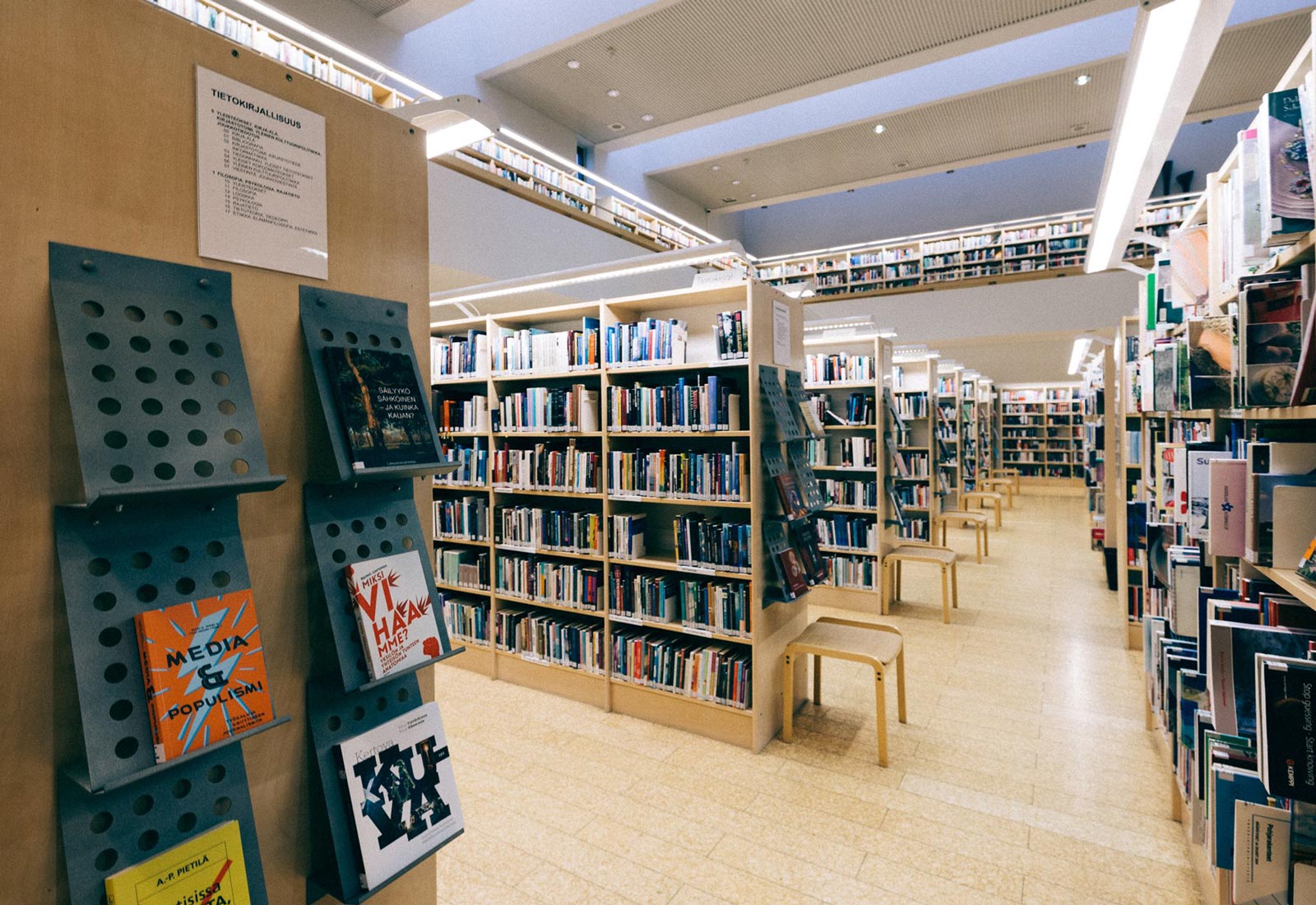Looking to the right, there is only darkness. Looking to the left, you see Earth experiencing a new sunrise. Looking at your hands, they are hidden under thick white gloves. One second later, you are back in your office, once you’ve taken off the VR set. Virtual reality is the new bet that technology and startup communities are making, one that seems to be quite lucrative. While concerns about the negative effects of excessive usage of virtual reality are raised and analysed, it is important to understand the usefulness of this experience, especially for museums and cultural institutions.
I’ve written recently about engaging and educating audiences. Museums measure the value of their exhibits not only through their historical relevance or uniqueness, but also through the impact they have on audiences. Museums offer a look into a world unknown or out of reach, and technologies such as augmented and virtual reality enable an immersive experience for the audience.
Virtual visitor
Audiences now have the opportunity to take virtual tours of museums through 3D or 360-degree movies. This enables enthusiastic users to plan their visits properly, or people living in a different part of the world to explore a museum. This raises a question about whether people will still visit the physical space of the museum. The same doubt surrounded the initial stages of digitisation (would people still visit a museum if they see the photo of the exhibit online?), but digital experiences have proven useful in raising interest in the physical collection. For now, we understand the difference between a virtual experience and a real experience and we cherish the latter. Visiting a museum has more dimensions than just seeing an exhibit: it’s a social experience that we share with our friends and families and all of our five senses are stimulated in the process.
Lost art
Augmented reality superimposes a computer-generated image on a user’s view of the real world, thus providing a composite view. It facilitates the union of two worlds. Users can enjoy the exhibit while discovering digital content which enhances or explains its value. It’s also a form of preservation, as used by the Street Art Museum Amsterdam. In some cases, street art can be lost forever, but through augmented reality, users can experience the initial implementation of the art project.
Unexpected places
As much as we might want, we can never walk on the bottom on the ocean or sit around the fire with our ancestors. Our imagination creates pictures or stories of what that might mean when walking through a museum from the information gathered, but wouldn’t it be cool to actually experience it? The Natural History Museum of Los Angeles County offers a virtual reality exhibit called theBlu, which appeals both to young and older audiences.
Technology may be described by some as the inescapable burden of our times. As long as technology-based solutions are used as a means to achieve a goal and are not the end purpose, their adoption by the culture industry can only benefit both institutions and audiences.




